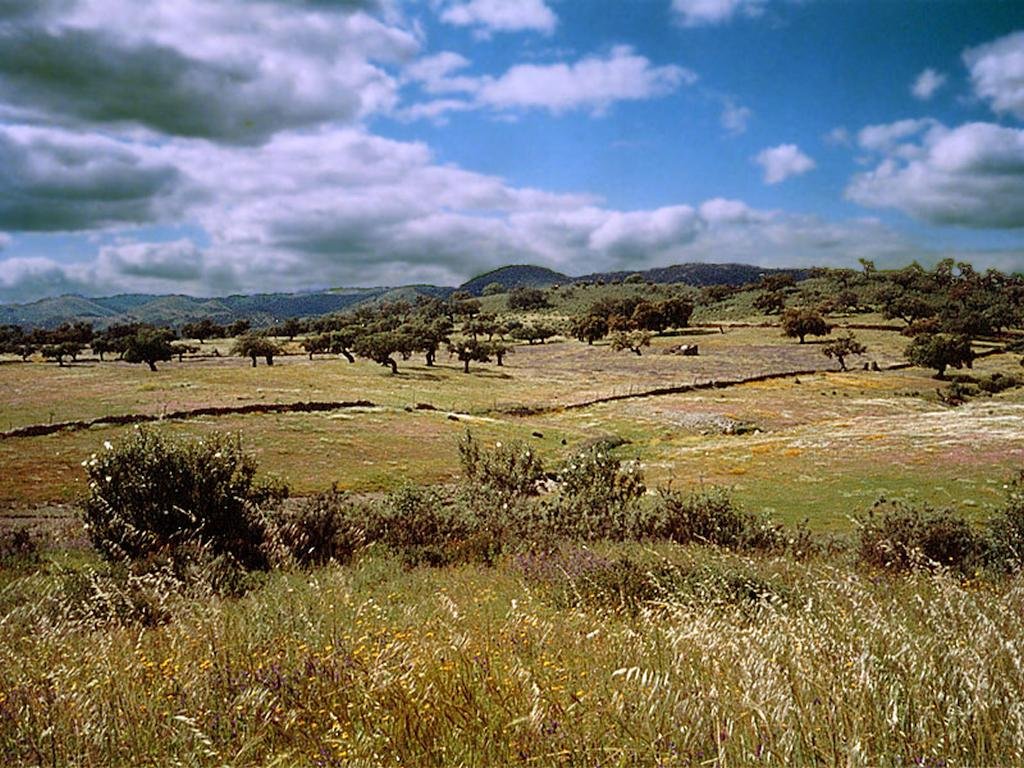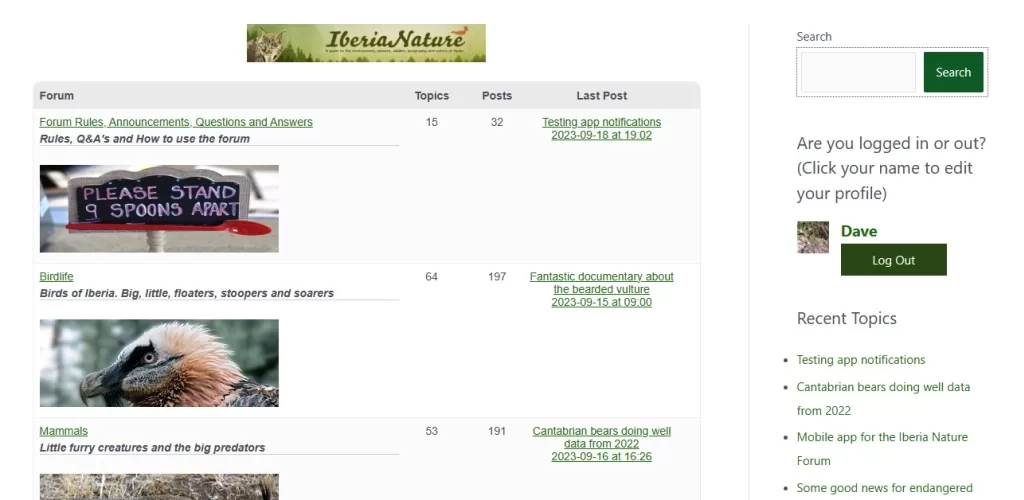- Towns and villages: Alanís, Almadén de la Plata, Cazalla de la Sierra, Constantina, Guadalcanal, El Real de la Jara, El Pedroso, La Puebla de los Infantes, Las Navas de la Concepción, San Nicolás del Puerto
Points of interest
A semi-mountainous area, set between two other natural parks, which together form an extended protected range. To the east is Sierra de Aracena y Picos de Aroche in Huelva province. To the west is Sierra de Hornachuelos in Cordoba province.



